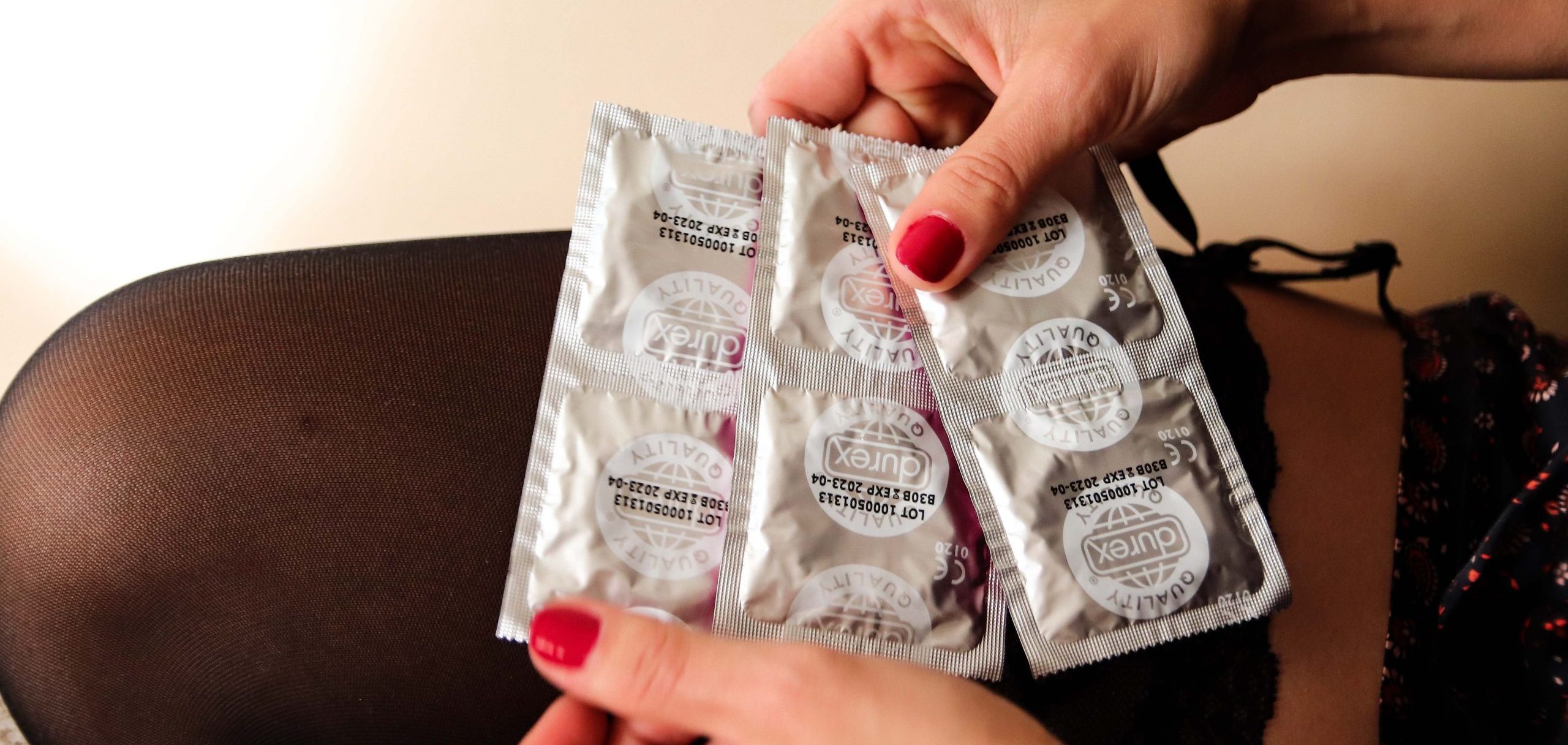- What is a condom?
A condom is a thin, stretchy barrier device that helps with preventing pregnancy. Condoms can be made from latex, plastic, or lambskin (lambskin condoms do not protect against STDs).
- How does it work?
Condoms prevent pregnancy by collecting semen and preventing sperm from reaching an egg. Condoms are also effective with preventing STD and limiting skin-to-skin contact which spreads STIs. Condoms are not reusable.
Do not use both internal condoms and regular condoms. They won’t increase the effectiveness of pregnancy or STD prevention. Instead, the friction can cause the condoms to break and this will increase the risk for STDs and STIs, as well as pregnancy.
- Does it prevent STDs?
Yes, condoms help with preventing STDs and STIs. They are less effective with certain STDs since condoms do not completely cover skin (such as inner thighs).
- Effectiveness
Condoms are 85% effective.
- Cost
The cost of condoms varies depending on which brand you buy. But you can get them for free from most healthcare centers.
- Maintenance
You should put or roll on a condom when the penis is erect. Avoid using teeth to open the packaging to ensure that you don’t tear the condom. Using lube can be helpful with preventing tearing in the condom during sexual intercourse. But avoid oil-based lubes since they wear down latex. And be mindful to possible allergies to latex.
You cannot reuse a condom, even if you wash it.
- Advantages
Effective in lowering risk for STDs and STIs
Affordable
Small
They come in different sizes, textures, colors, and flavors
- Disadvantages/Side Effects
Must be used every time prior to sexual intercourse
Can be uncomfortable
Can lessen pleasurable sensations
- Prescription/Doctor Requirement
A prescription is not required for condoms.
Images by rdslav, Dainis Graveris, and JD Mason from Unsplash.






